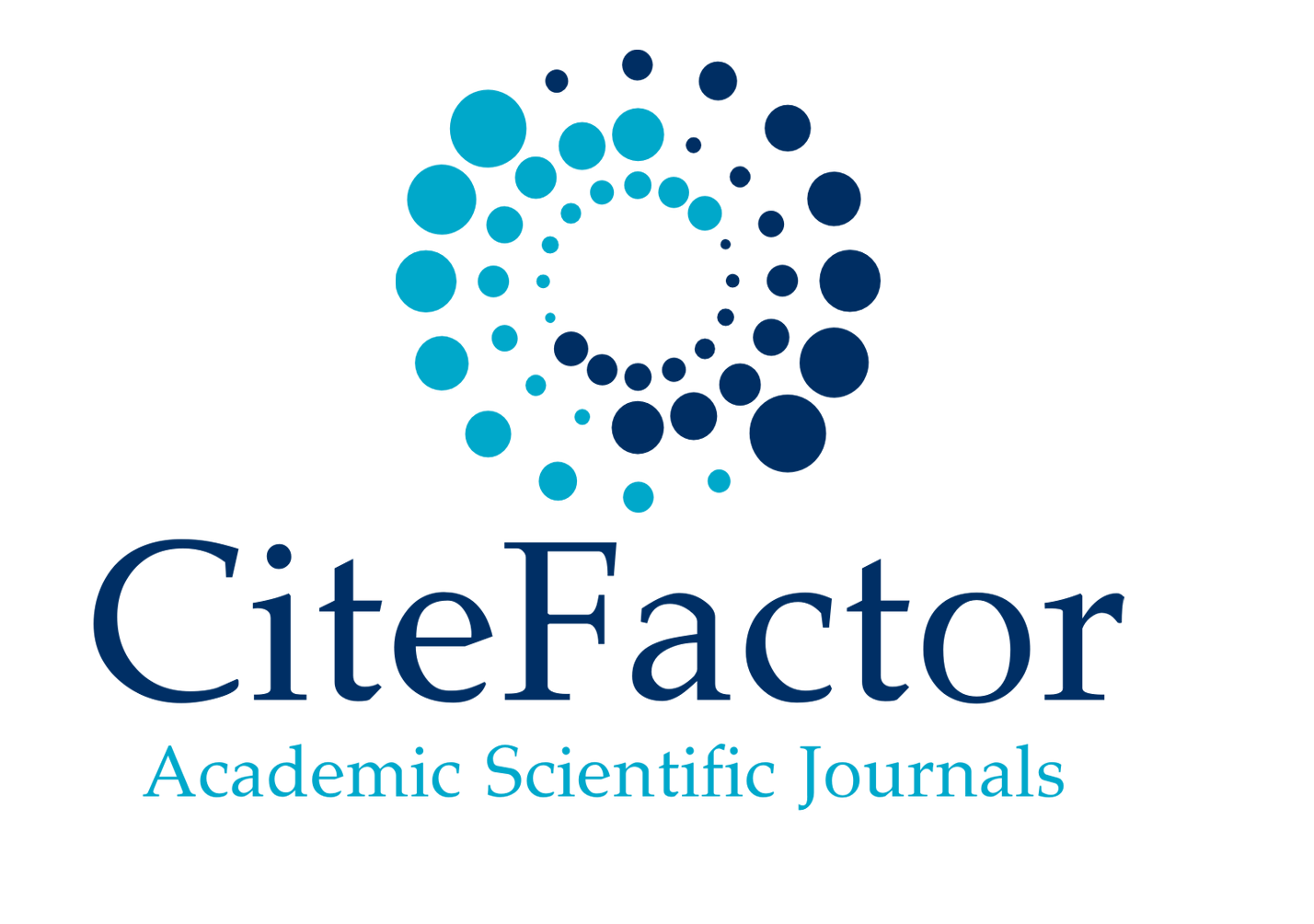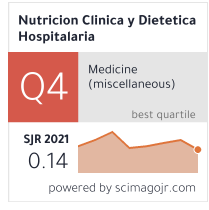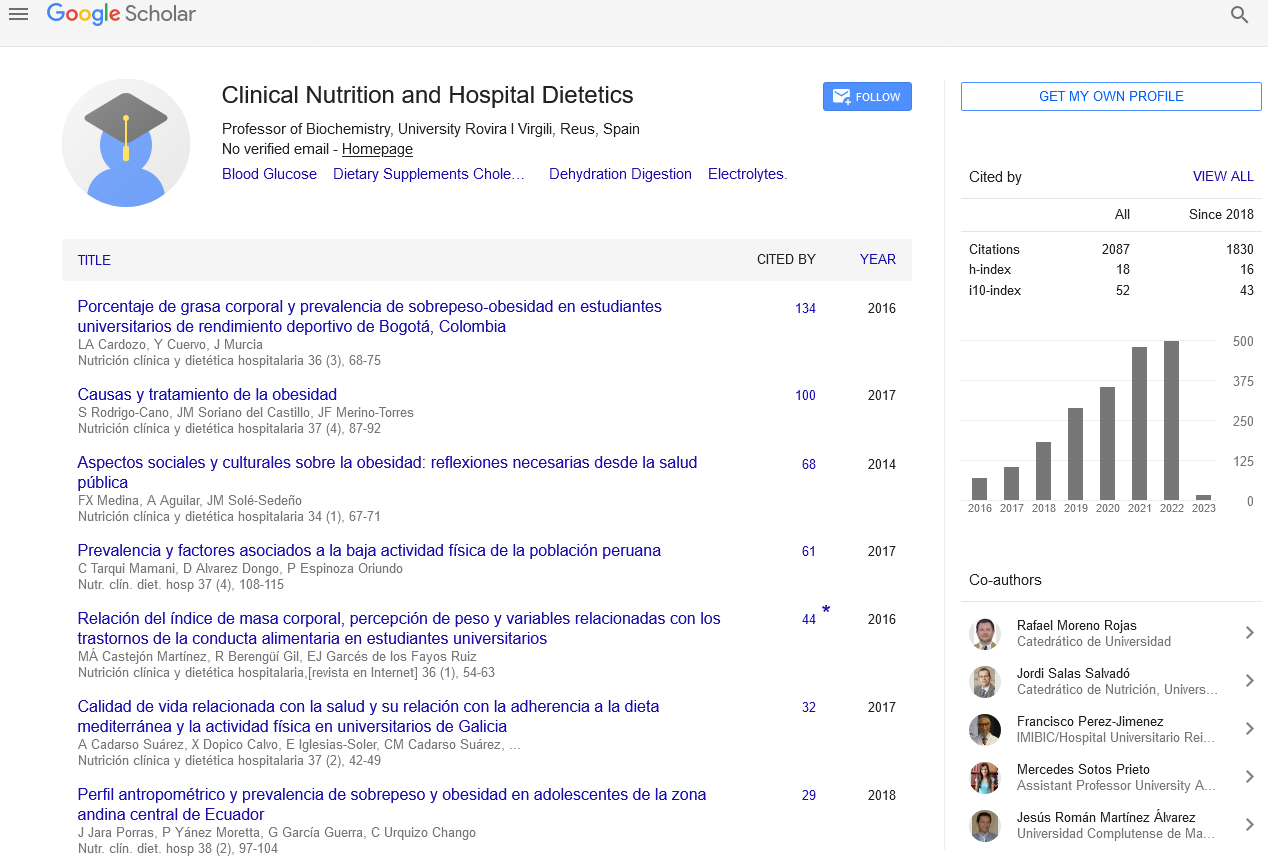Abstract
Diagnosis of vigorexia and muscular dysmorphia in university of the health area
Author(s): Fernandes Bezerra, Diego; Alves Sampaio, Lucas Vinicius; Raposo Landim, Liejy Agnes dos Santos
Introduction: It is known that the practice of physical exercise brings several benefits to our health, such as improved metabolism, disease prevention and muscular endurance, but can be a risk factor for the development of disorders related to body image. In the face of this, we see that this distortion and dissatisfaction cause growth in the prevalence of eating disorders in both sexes, so there is a search for a body that is compatible with the beauty pattern, which can lead to bulimia, orthorexia, vigorexia (Muscular Dysmorphia) and body dissatisfaction.
Objective: To identify the prevalence of Orthorexia and Vigorexia among university students.
Methods: The study was of descriptive quantitative cross-sectional study, with 104 university students aged 18 to 40 years, from a Higher Education Institution (HEI), with quantitative contribution. Anthropometric data were collected to determine the nutritional status through the Body Mass Index (BMI). The diagnosis of orthorhexis was made using the instrument developed by Bratman to identify the use of a muscle dysmorphic instrument, which was developed and validated by Pope.
Results: according to the BMI, 67.3% of university students are in a state of eutrophy, in the same way, the percentage of body fat pointed out a percentage of 63.5 for adequate weight. In relation to orthorexia, 13.8% of the men and 24% (n = 18) of the women were classified as health fanatics, while the results of the diagnosis of vigorexia indicated that 76% of the women and 89.7% of the men do not have the disorder.
Conclusion: Vigorexia and orthorexia had a high prevalence for positive diagnoses for the disorders in the study population. It is important that health professionals can use this type of information to improve the understanding and identification of these disorders.
Google Scholar citation report
Citations : 2439
Clinical Nutrition and Hospital Dietetics received 2439 citations as per google scholar report
Indexed In
- Google Scholar
- Open J Gate
- Genamics JournalSeek
- Academic Keys
- JournalTOCs
- ResearchBible
- SCOPUS
- Ulrich's Periodicals Directory
- Access to Global Online Research in Agriculture (AGORA)
- Electronic Journals Library
- RefSeek
- Hamdard University
- EBSCO A-Z
- OCLC- WorldCat
- SWB online catalog
- Virtual Library of Biology (vifabio)
- Publons
- MIAR
- Geneva Foundation for Medical Education and Research
- Euro Pub
- Web of Science
Journal Highlights
- Blood Glucose
- Dietary Supplements
- Cholesterol, Dehydration
- Digestion
- Electrolytes
- Clinical Nutrition Studies
- energy balance
- Diet quality
- Clinical Nutrition and Hospital Dietetics




